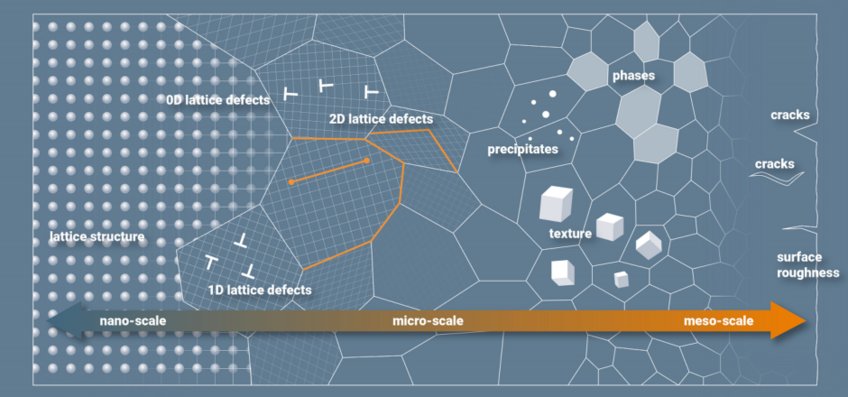The M&D research group is defined through two correlated tasks: on the one hand, we aim at understanding microstructure formation mechanisms and the relation between microstructures and properties of materials by investigations on the microscopic level. To this aim we develop or advance, on the other hand, microscopy and diffraction techniques. Currently the focus lies on techniques in the scanning electron microscope, in particular on the electron diffraction techniques (EBSD, 3D EBSD, XR-EBSD, ECCI).
[more]

